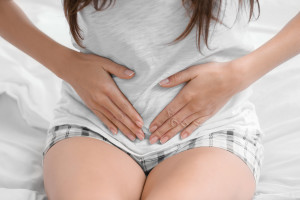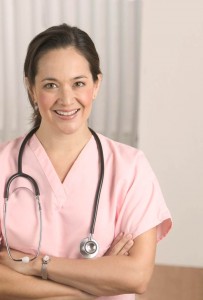What you need to know about endometriosis
 Endometriosis is a painful reproductive disease that affects 176 million women across the globe. It is the leading cause of infertility, and chronic pelvic pain, and has been linked to other such complicated and painful conditions as adenomyosis, fibroids, interstitial cystitis, some cancers, and other autoimmune disorders. For the millions of women who suffer painfully with endometriosis, each year we recognize the month of March with a focus on endometriosis education and awareness. Together, with more knowledge of this painful condition and more support for treatment research, we can all work together toward an eventual cure and can start to reduce the number of women suffering from this disease.
Endometriosis is a painful reproductive disease that affects 176 million women across the globe. It is the leading cause of infertility, and chronic pelvic pain, and has been linked to other such complicated and painful conditions as adenomyosis, fibroids, interstitial cystitis, some cancers, and other autoimmune disorders. For the millions of women who suffer painfully with endometriosis, each year we recognize the month of March with a focus on endometriosis education and awareness. Together, with more knowledge of this painful condition and more support for treatment research, we can all work together toward an eventual cure and can start to reduce the number of women suffering from this disease.
What is Endometriosis?
Endometriosis occurs when uterine tissue, known as the endometrium, develops outside of the uterus. Often, the tissue grows inside the pelvic cavity and around the reproductive organs, such as the ovaries, uterus, and fallopian tubes. It may also develop around the uterosacral ligaments, the peritoneum, or in the areas between the rectum, uterus, and vagina, or bladder. In more rare occurrences, the endometrium may develop around the appendix, bladder, bowels, intestines, or rectum.
Doctors do not know what ultimately causes the growth of the endometrium outside of the uterus. This internal condition often goes unnoticed or misdiagnosed and mistreated when it presents itself in the form of painful periods.
Signs and Symptoms
Symptoms of endometriosis may include:
- Painful periods that include pelvic cramping that begins before your period and lasts after it has ended.
- Lower back and abdominal pain that accompanies the pelvic pain surrounding menstruation.
- Pain during or after sex.
- Pain during urination and bowel movements, particularly during menstruation.
- Extremely heavy period bleeding (known as menorrhagia), or bleeding between periods.
- Infertility.
- Fatigue.
- Diarrhea or constipation.
- Bloating or nausea, particularly during menstruation.
Diagnosis and Treatment
Too often, women do not question the pain they experience during their periods or sex. Sometimes they mistakenly assume the discomfort is normal, or they are uncomfortable discussing their symptoms with their doctor. For this reason, endometriosis often goes undiagnosed and untreated until women are trying to get pregnant and experience infertility complications. If you are suffering from any of the symptoms above, and believe you may have developed endometriosis, talk to your OBGYN. He or she will diagnose the cause of your pain because no woman should have to suffer in silence.
Supporting Endometriosis Awareness Month
If you or a loved one are suffering from endometriosis, its painful symptoms, or its infertility complications, there are ways to become involved with efforts to raise support and awareness this month. On March 24, a worldwide Endometriosis March will take place in cities around the world. Visit endomarch.org to find a march near you, or for more information on becoming involved with support efforts in your community.
More
